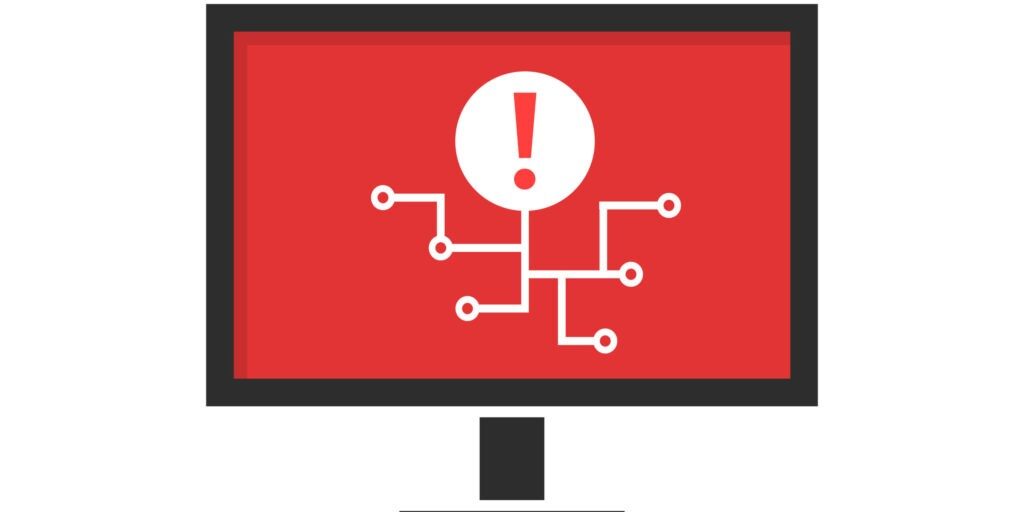
5 Cybersecurity Trends to Watch out for in 2022
The IT security scene has been quite chaotic since the COVID-19 pandemic hit. 2020 and 2021 saw widespread digital transformations across all commercial industries, which created new opportunities for criminals to perpetrate their heinous acts. Cybersecurity trends are always changing. First, let’s take a look at recent years.
2020 was a bad year for cybersecurity, but looking at the figures, 2021 was even worse. The Kaseya, Colonial Pipeline, Log4j, Kronos, and CNA Financial attacks are only a handful of the incidents that made headlines in 2021.
How will cybersecurity fare in 2022? Well, cybercriminals show no signs of letting up. So, cybersecurity should still remain a top priority. Businesses must also watch out for emerging threats as the year progresses. Here are some educated predictions on what to expect of 2022’s InfoSec landscape:
Ransomware is still a growing threat
Ransomware is arguably the most devastating type of cyberattack today. The classic premise of a ransomware attack is pretty straightforward. An attacker encrypts corporate data and demands payment to decrypt it. The attacker may also extort money from the victim by threatening to leak, sell, or destroy the data.
According to Sophos, the average cost of a single ransomware attack comes to about $1.85 million, all-in. However, in March last year, an infamous Russian ransomware gang known as REvil demanded a record $50 million ransom from Acer after a successful data breach. This shows just how greedy the ransomware enterprise can be. And more hackers are now looking to dip their toes in this lucrative venture.
With the irresistible financial drive and new trends such as Ransomware as a Service taking root, InfoSec experts warn that ransomware attacks could get even more prevalent and devastating in 2022.
Cyber risk factor assessment is crucial in determining business partnerships
Several high-profile supply chain attacks rocked 2021 and raised new concerns over the safety of third-party IT services and products. A supply chain attack targets vulnerable elements in an organization’s supply chain, such as third-party ERPs, email clients, and cloud services. For instance, attackers exploited a vulnerability in Kaseya’s software (a managed service provider) to compromise hundreds of its customers.
Gartner predicts that by 2025, 60 percent of organizations will use cybersecurity risk as a primary scrutinizing factor when transacting, engaging, and partnering with third-party entities. And many organizations are already following this cybersecurity trend, including the US government.
Growing government interest and regulations over cybersecurity
Although cybersecurity is highly regulated as it is, we should expect even more government involvement in standardizing cybersecurity policies across the board. We could see new legal obligations handed to CISOs to limit the impact of cyber incidents. Also, cybersecurity insurers may have to revise their policies to accommodate any new changes to data safety regulations.
CISOs and security vendors could have their work cut out for them this year in maintaining compliance.

Cybersecurity trends – Internet of Things
Internet of Things is an incredibly easy and convenient way to automate various processes, including security surveillance, workflow, energy management, and environmental monitoring. But despite the concept’s widespread use, IoT devices introduce serious security loopholes in a network. For one, the devices in an IoT network may not have standard or compatible security protocols. And the multiple connections increase the number of insecure access points through which threats can infiltrate the corporate network. This growing cybersecurity trend will bring with it many opportunities for cybercrime if not properly ready for it.
According to Kaspersky’s analysis, the first half of 2021 saw over 1.5 billion attacks targeting smart IoT devices — more than twice the volume from the previous six months. As more and more enterprises expand their IoT footprints, this threat will definitely become more common.
New workplace trends continue to test cyber resilience
Hybrid, remote, and deskless work trends are here to stay. Cybersecurity teams will have to keep dealing with the all-too-familiar telecommuting security challenges. Although, by now, many businesses have nailed down effective security frameworks for virtual collaborations.
The cybersecurity challenges that plagued the last two years caught most organizations unawares. Let’s hope that 2022 won’t be a repeat of the same. But better safe than sorry; the only way to avoid devastating surprises is to be prepared. Ensure your cybersecurity framework can handle anything the dynamic threat landscape throws its way. And GateKeeper can help you do just that.
We specialize in proximity-based centralized access management. Our system seamlessly secures your digital assets behind robust user authentication systems incorporating 2FA, passwordless login, and an automated password manager. New cybersecurity trends and threats require new kinds of authentication solutions. All these are designed with modern threats and compliance requirements in mind. Try GateKeeper Proximity for automated cybersecurity, or contact us for more information or to schedule a live demo.
See GateKeeper Enterprise advanced MFA in action.
Take a self-guided tour of how you can evolve from passwords. Then you're really saving time with automation.




